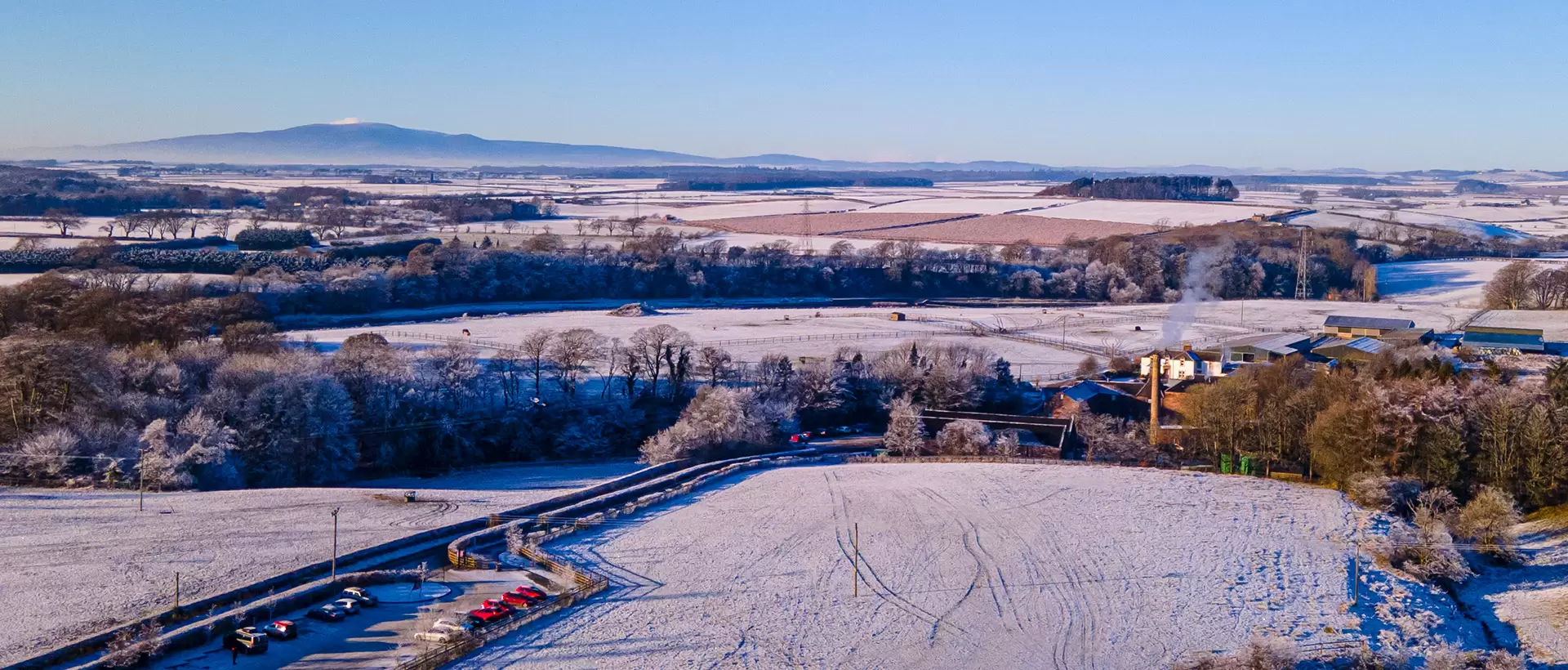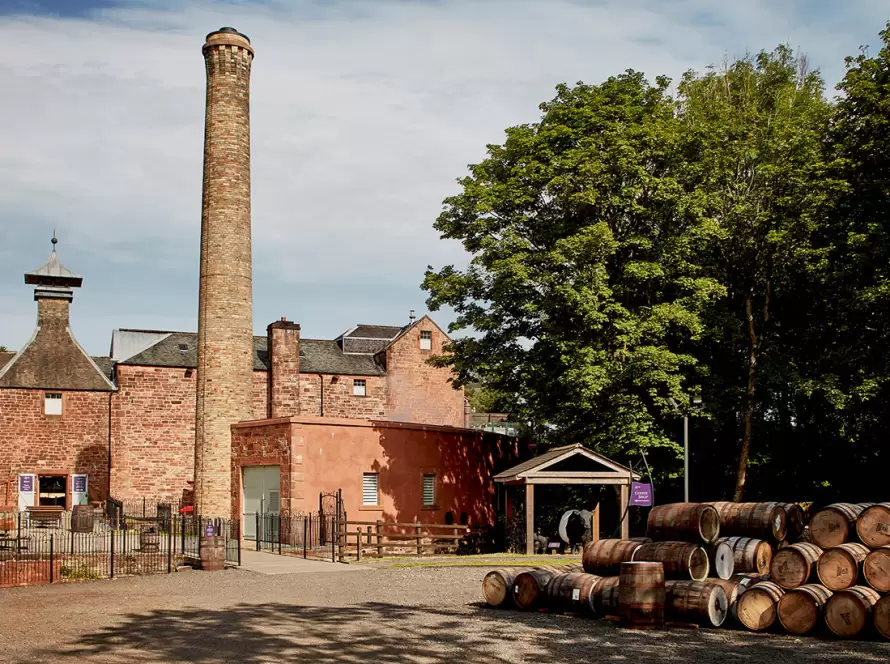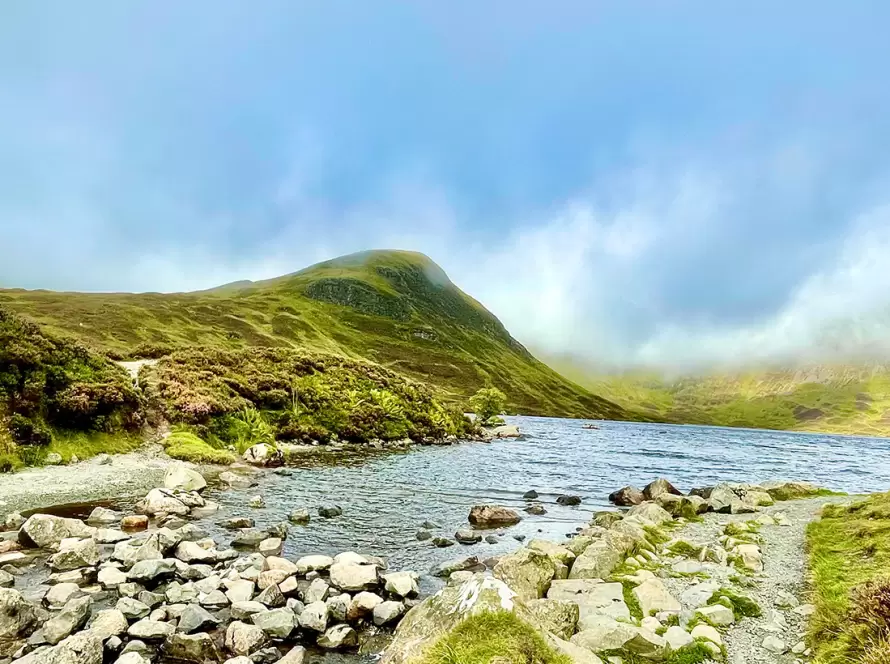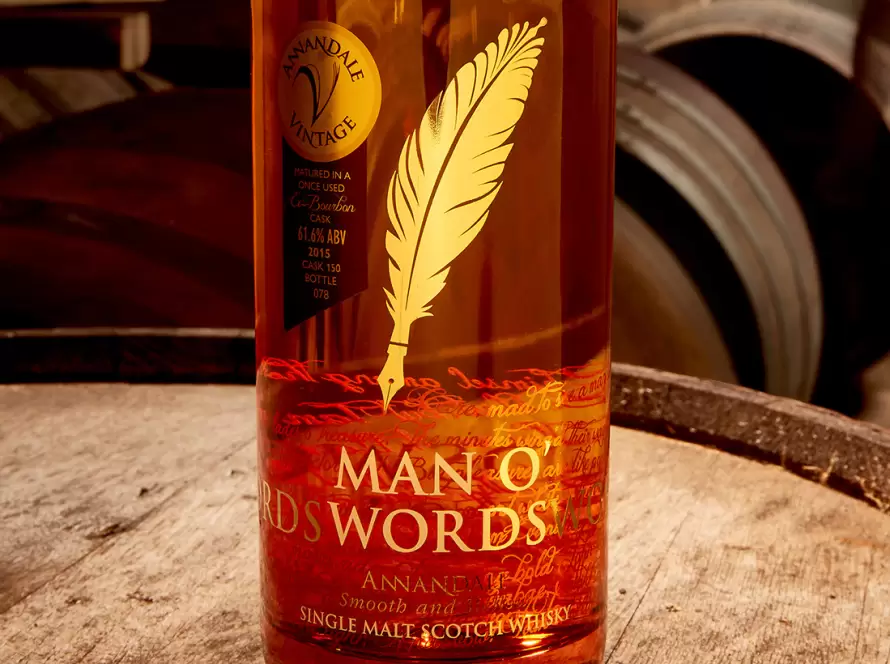From the very start, we were intrigued to know why there had been so few whisky distilleries in the South of Scotland. At that time (2006/7), Annandale Distillery had been closed for almost 90 years and Bladnoch Distillery (near Newton Stewart, Wigtownshire) was in the process of fizzling out under very sad circumstances. This left William Grant’s gigantic grain distillery at Girvan and Diageo’s Glenkinchie Distillery to the east of Edinburgh, as the only functioning whisky distilleries in the South of Scotland (although neither of these are truly southern in a strictly geographic sense). Previously, there had been two other distilleries in the Scottish Borders, Glen Tarras and Langholm, but both had ceased production in the early 1900s.
In seeking an explanation, it’s immediately evident that the climate in South West Scotland would have been too damp for growing the barley cultivars of 100 – 150 years ago. But otherwise, there would have been an abundance of water, peat and coal, and the weather (damp and mild) would have been ideal for maturing whisky. Also, by the 1890s, Southern Scotland had a well-established rail network which should have made inward transportation of barley and outward transportation of finished whisky, relatively straightforward. (Surely, any challenges facing South of Scotland distillers would have been nothing compared to the challenges faced by Islay’s distillers.) This led us to the inescapable conclusion that there isn’t, and probably never has been, a fundamental reason why first class Single Malt Scotch whisky couldn’t and shouldn’t be produced in Southern Scotland. Clearly, there was a point to prove!






